Is the song of a song thrush to be enjoyed?
The answer may depend on how close to your bedroom window one is singing, and how long before sunrise it began.
Song thrushes are loud, persistent performers. The variety for which they are famed makes them absorbing to listen to. It can also be quite confusing.
The key to identifying them by song is the way they repeat a note or a short phrase several times, before switching to something else and repeating that instead.
It’s as if the bird:
discovers a new sound
excitedly practises it
gets bored
tries something else
Not all song thrushes do this as obviously as in this recording, but none of them can resist that repeat-and-switch, and it tends to give them away at some stage.
The volume and variety mean that in the spring their song is sometimes mistaken for the much scarcer nightingale, but song thrushes don’t leave quite such dramatic pauses and they sing for much of the year, not just April and May.
They are also much more likely to be singing at ‘thrush height’ - near the top of a tree, rather than buried in the undergrowth.
Song thrushes can often be heard on a still winter’s day, and become especially persistent early in the New Year. That’s a good time to get to know them - before their variety show gets mixed up with so many other new sounds in the gathering chorus.
Another rather subtler song thrush sound is the one they make when smashing up snails.
Few birds bother trying to break into a large, hard-shelled garden snail, but song thrushes have mastered the art of it. A favourite snail-smashing spot will feature a stone, a tree root or a patio slab, against which the thrush will repeatedly hit the snail with a flick of its upper body.
If you’re not there to witness the action, you may witness the aftermath, of scattered, broken shell.
Though it’s tempting to say that song thrushes love doing this, it may be better understood as a tactic for harder times. Snail-smashing tends to happen in late winter and dry summer periods, when song thrushes’ favoured foods such as worms and berries are tougher to find.
The number of song thrushes in the UK declined by around half between the 1960s and 1980s. However, they are still widely distributed, and can be found in most woodlands, and in many large gardens, parks and wooded countryside areas.
During the first lockdown in April 2020, the arrival of a song thrush in our neighbour’s garden was cause for much excitement, and a video from the bedroom window.
Around here that song is welcome anytime.
Find more birds this year
Birdsong Essentials, the 10-week course
Half-day walkshops with me in Sussex in Spring 2024
Thanks for reading and listening. If you feel able, you can support Shriek of the Week with a regular contribution. This gives you access to the full archive, and an invitation to a call on the first Saturday of the month, where we take a tour of live webcams and audio streams and see what we can find together.
Posts from previous years now repeat themselves, a bit like a song thrush - see 2024’s first post for details.
Shriek of the Week: Blackbird
This is the beginning of 2024’s seasonal cycle of Shriek of the Week. That means we’re back with our commonest resident songbirds. As the months go by we’ll tune in to summer visitors too, timed with their reappearance in the UK. A slight change: this year everyone will see a link to the fully narrated version of each post every time. This has been excl…
Media credits:
Song Thrush song recorded in Dyfed, Wales in October 1992 by Richard Margoschis and distributed by the British Library reference: W TURDUS PHILOMELOS R12 C5 under Creative Commons licence CC BY 3.0
Song thrush image by ntrief on Pixabay




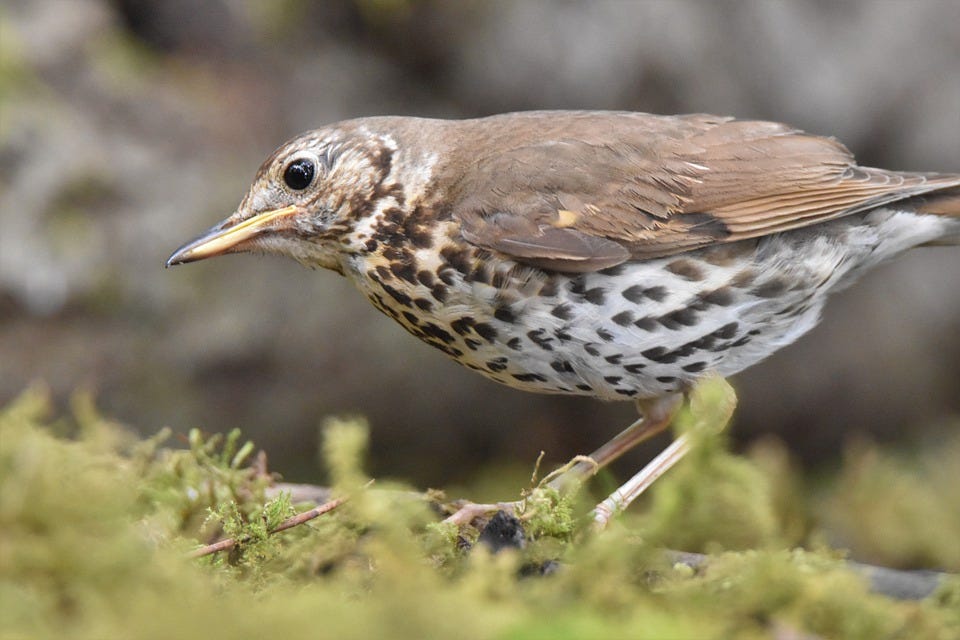
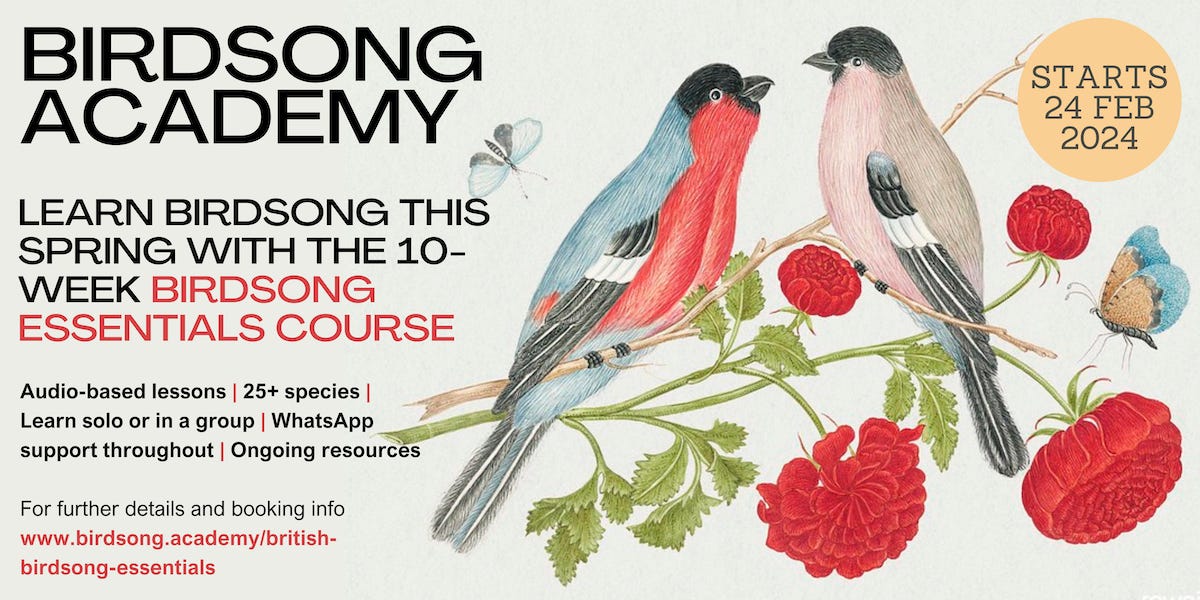



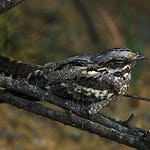
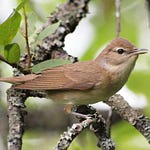

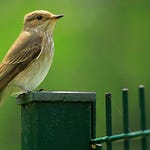


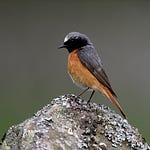
Share this post